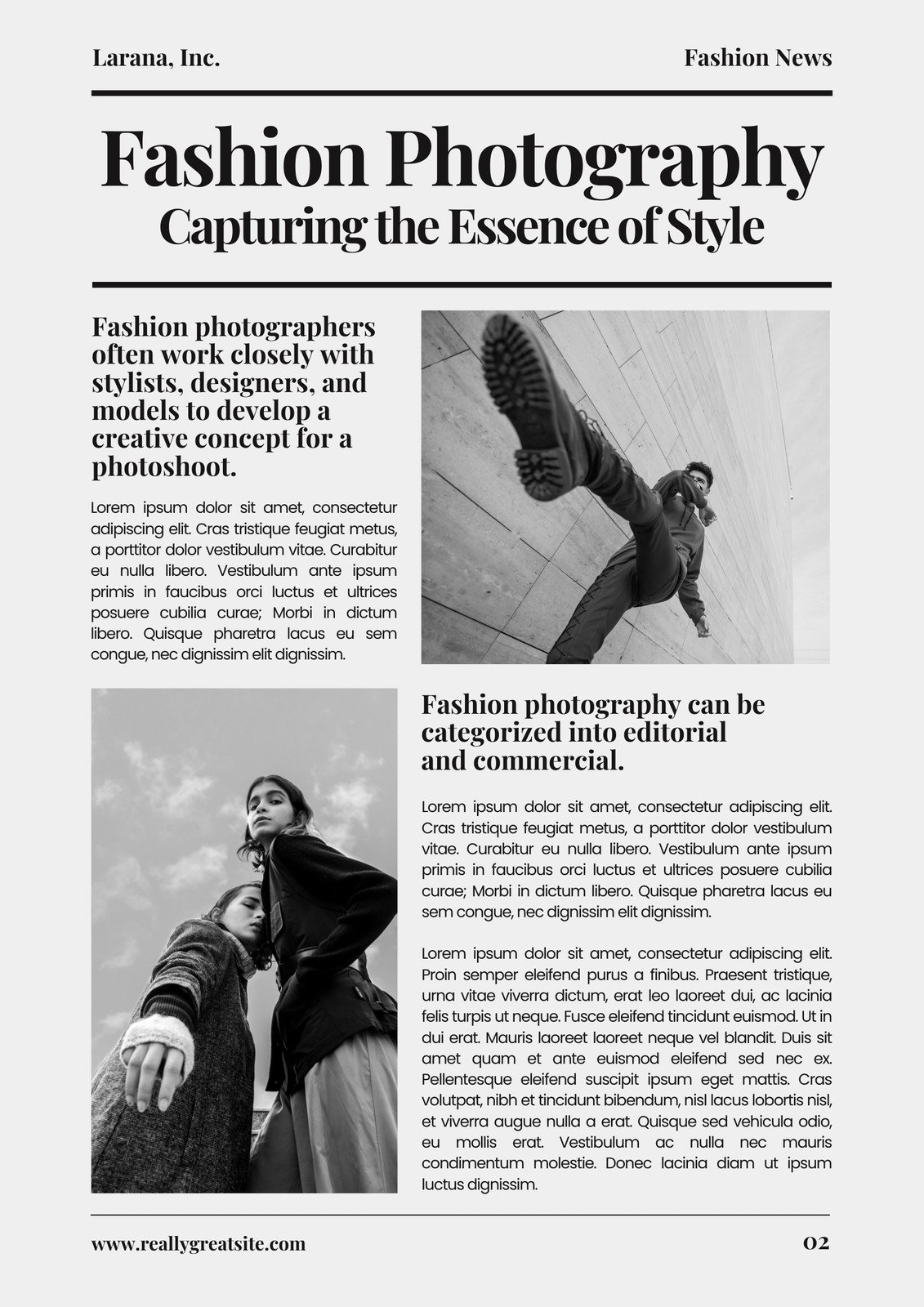How News Articles can Save You Time, Stress, and Money.
How News Articles can Save You Time, Stress, and Money.
Blog Article
Some Known Questions About News Articles.
Table of ContentsLittle Known Questions About News Articles.The Only Guide to News ArticlesThe Facts About News Articles UncoveredThe Buzz on News ArticlesNot known Details About News Articles
Good knowledge of different subjects provides trainees an one-upmanship over their peers. Despite the fact that electronic and social media are readily available, we should not forget exactly how vital it is to read the papers. Moms and dads need to attempt and inculcate the habit of reading a newspaper as a day-to-day routine to proceed the heritage of the adored print tool.Information tales also include at the very least among the adhering to important features about the desired audience: proximity, prominence, timeliness, human interest, curiosity, or effect. The relevant term journalese is often made use of, normally pejoratively, to describe news-style writing. One more is headlinese. Newspapers usually comply with an expository writing style.
Within these restrictions, information tales also aim to be extensive. Amongst the bigger and extra highly regarded papers, justness and balance is a significant aspect in providing details.
Papers with a global audience, for instance, tend to make use of a much more official style of composing. News Articles.; typical design overviews consist of the and the US Information Design Publication.
About News Articles
As a guideline, journalists will certainly not use a lengthy word when a brief one will do. They make use of subject-verb-object construction and vivid, energetic prose (see Grammar). They provide anecdotes, instances and allegories, and they rarely rely on generalizations or abstract ideas. Information writers try to avoid making use of the same word greater than when in a paragraph (occasionally called an "resemble" or "word mirror").
Headlines occasionally leave out the subject (e.g., "Jumps From Watercraft, Catches in Wheel") or verb (e.g., "Pet cat woman fortunate"). A subhead (likewise subhed, sub-headline, subheading, subtitle, deck or dek) can be either a subservient title under the main headline, or the heading of a subsection of the write-up. It is a heading that precedes the main message, or a group of paragraphs of the major message.

Additional signboards of any of these kinds may appear later on in the short article (especially on succeeding pages) to tempt additional reading. Such signboards are also used as reminders to the article in other areas of the publication or website, or as promotions for the item in other magazine or sites. Typical framework with title, lead paragraph (summary in bold), various other paragraphs (details) and contact information.

Example of a hard-lead paragraph NASA is proposing an additional space task. The budget plan demands around $10 billion for hop over to here the project.
The NASA announcement came as the company requested $10 billion of appropriations for the project. An "off-lead" is the second most essential front web page information of the day. The off-lead shows up either in the top left corner, or straight listed below the lead on the right. To "hide the lead" is to start the short article with background details or information of secondary relevance to the visitors, requiring them to find out more deeply into a write-up than they ought to have to in order to discover the important points.
4 Simple Techniques For News Articles
Typical use is that a person or more sentences each create their very own paragraph. Journalists normally explain the organization or structure of a newspaper article as an upside down pyramid. The crucial and most fascinating components of a story are placed at the beginning, with supporting info following in order of lessening value.
It enables people to explore a subject to only the depth that their curiosity takes them, and without the charge of information or nuances that they can think about pointless, however still making that information offered to much blog more interested visitors. The upside down pyramid structure also allows short articles to be trimmed to any kind of approximate size throughout format, to fit in the room readily available.
Some writers begin their tales with the "1-2-3 lead", yet there are numerous kinds of lead readily available. A twist can refer to several points: The last story in the information broadcast; a "delighted" story to end the program.
Longer articles, such as magazine cover short articles and the pieces that lead the inside sections of a newspaper, are called. Feature stories differ from straight information in numerous methods. Foremost is the lack of a straight-news lead, a lot of the time. Rather than supplying the essence of a story in advance, feature authors might attempt to entice viewers in.
Not known Incorrect Statements About News Articles
The reporter typically details interactions with meeting topics, making the item more individual. A feature's very first paragraphs frequently connect an intriguing minute or occasion, as in an "anecdotal lead". From the particulars of a person or episode, its view promptly widens to generalizations regarding the story's subject. The section that signals what a feature is around is called the or billboard.

The Editor's Tool kit: A Reference i thought about this Guide for Beginners and Professionals (2001) Allan M. Siegal and William G. Connolly. The New York Times Handbook of Design and Usage: The Official Style Guide Made Use Of by the Writers and Editors of the Globe's The majority of Reliable Newspaper (2002) M. L. Stein, Susan Paterno, and R.
Report this page